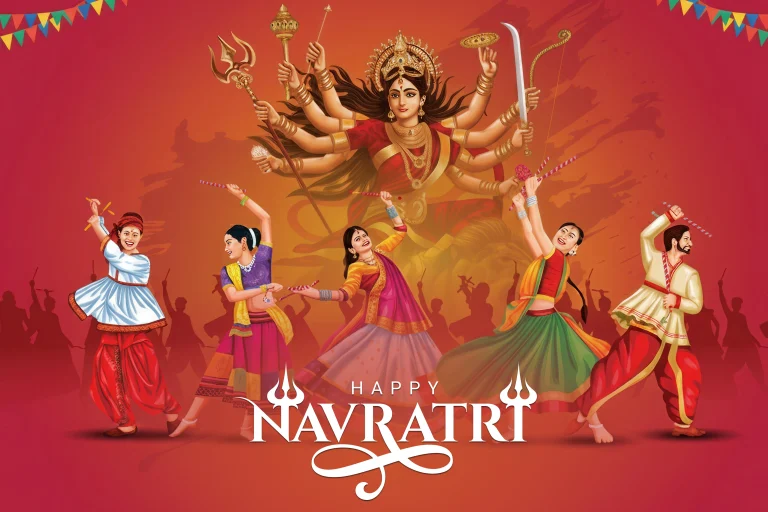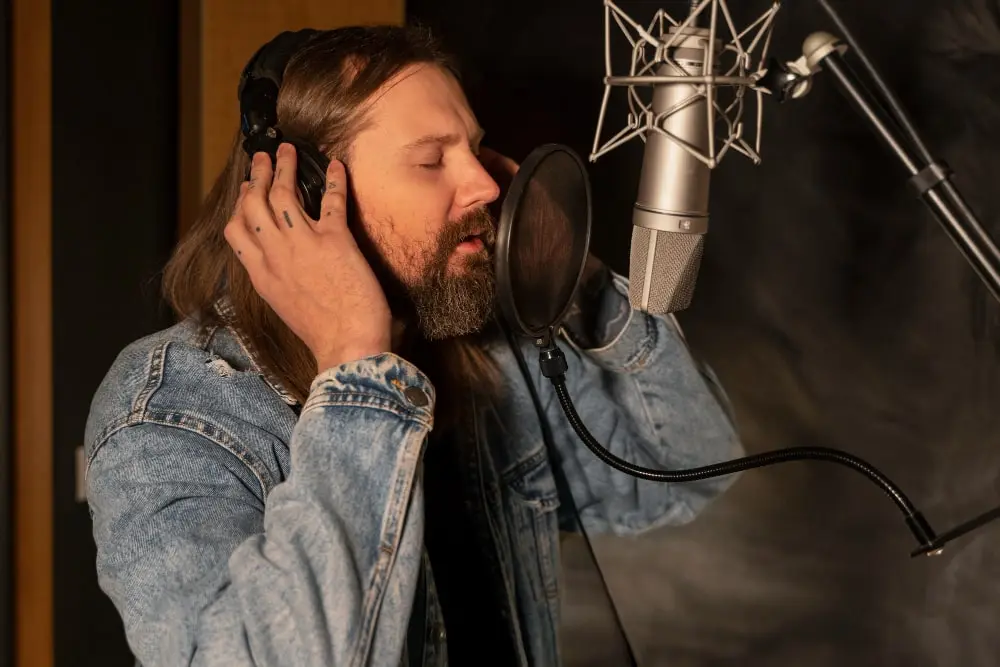All Topics
- Alchemizing Music Concepts for Students
- Artist Spotlight
- artium gift card
- Artium Maestros
- Artium News
- buying guide
- Carnatic Music
- Devotional Music
- Editorials by Ananth Vaidyanathan
- Film Music
- Guitar
- Hindustani Classical Music
- Indian Classical Music
- Indian Folk Music
- Insights
- Instruments
- Karaoke Singing
- Keyboard
- Kids Music
- maestros
- Music Education
- Music for Kids
- Music Industry
- Music Instruments
- Music Legends
- Music Theory
- Music Therapy
- Piano
- piano guide
- Success Stories
- Tamil Film Music
- Telugu Film Music
- Time Theory
- Tools
- Uncategorized
- Vocal Singing
- Vocals
- western classical music
- western music
- Western vocal music
Ultimate Guide on Hindustani Classical Vocal Lessons for Beginners
Ultimate Guide on Hindustani Classical Vocal Lessons for Beginners

Table of Contents
The journey of starting to learn Hindustani classical music is almost like stepping foot into a world rich in tradition, emotion and history. It might feel a little daunting at first for the newbs in this space. However, do not fret, for this guide will provide you with the knowledge of swaras, i.e., the seven notes in Hindustani classical music, so that soon enough, your vocal lessons are taken up without hesitation. By the end of this blog, you will have a step-by-step process to proceed further in your musical journey.
Hindustani classical music has its origin in antiquity and has evolved through centuries as a form of musical tradition that reflects the cultural ethos of India. Learning the subtle nuance behind expression/devotion/discipline practice helps the learners become who they need to be. Every raag comes with a story of centuries, representing specific bhav (emotion), times of the day and seasons. This guide will get you started to navigate through the basic elements that will set in long-term bond with this learned and age-old tradition.
Concepts of Hindustani Classical Music
Hindustani classical music is far more than a type of music, it has originated mainly from Northern India, and it is a way of life. It has a multitude of ragas that focus on improvisation more than technical skills to express emotion within the melody. It is not about the notes that you hit; it is more about communicating the emotion and life story of every raag.
At its core, Hindustani classical music is an exploration of nuances in sound and emotion. Central to this tradition is the concept of raag, where each raga is a specific arrangement of notes crafted to evoke particular feelings or ‘rasas.’ Performing this music demands not only singing or playing the proper notes but doing so in a manner unveiling the full emotive potential of the raag.
Another pivotal element is the notion of improvisation. Dissimilar to Western classical music, where compositions are often fixed, Hindustani classical music affords artists considerable freedom to improvise within a raag’s framework. This permits musicians to express their unique interpretation and emotional state in the moment of performance. However, this liberty arrives with responsibility to deeply grasp the raag, its mood, and its rules—the reason being why studying Hindustani classical music is often a lifelong pursuit.
Moreover, the tradition accentuates oral transmission from teacher to student, known as the guru-shishya parampara. This bond is viewed as sacred, with the guru not only instructing technical features of music but also imparting cultural and spiritual values linked to the tradition.
Starting Your Lessons
Preparation is key before you get to singing. Choose a quiet room that gives you solitude to play. Try to keep a Tanpura or a Tanpura app handy. Eliminate any distractions and be present because mastering the art of learning music demands focus while practising the skill will help you build a base.
Setting up your practice space is just the preliminary step. Equally significant is your mental planning. Prior to starting your practice period, it’s a good idea to invest a few minutes soothing your thoughts. Reflection or deep breathing can help centre your considerations, allowing you to completely focus on the tunes.
The Tanpura is not just an instrument for tuning; it makes a harmonic resonance that assists the singer align with a proper pitch. The drone of the Tanpura establishes the tonal foundation upon which the melody is constructed. As you advance, you will find that the sound of the Tanpura becomes almost meditative, helping you to focus inwardly on your practice.
Additionally, it’s crucial to set sensible goals for each practice session. For novices, this may include simply familiarising yourself with the sound of each swara or rehearsing holding a note steadily. After some time, these goals can become more complex as your comprehension and command over your voice improve.
Introduction to Hindustani Vocal Music
The crux of every raga in Indian classical music are the swaras or musical notes. The seven swaras (सा, रे, ग, म, प,ध and नि) are like the alphabet of this musical language. Swaras are put together in different ways to create tunes, just like words are combined to form poems. It is very important to learn the concept of an Octave or Saptak, so that you develop the ability to travel in all pitch levels.
The seven notes are the building blocks of North Indian classical music. Each note has its own distinct personality and feeling. For example, ‘Sa’ is the tonic and anchor for all other notes. It marks the beginning and end of most melodic phrases, conveying a sense of security and steadiness.
Understanding the octave is pivotal because it enables navigation through different pitch levels. The lower octave resonates with a soothing tranquillity, regularly applied to evoke sentiments of peace or melancholy. The centre octave is where most singing occurs, providing equilibrium of lucidity and profundity. The higher octave is bright and spirited, frequently used to express excitement or intensity.
As your expertise grows, you will also learn about microtones, or Shurtis, which are the delicate fluctuations between the notes. Mastery over these microtones is what separates an adequate singer from an extraordinary one.
Method and Exercises to Learn
Perfecting Swaras takes time. You have to practise them by using basic Alankaar and setting simple swara patterns and repeating them. Start doing the simplest of alankaras and move on to complex ones once you’re comfortable with them. It helps in swara positioning, voice modulation and rhythm. Singing along with a Tanpura will also enable you to improve your pitch sense.
The pilgrimage to excelling the swaras, starts with the training of Alankaar, which are logical designs of swaras. These examples are not just arbitrary groupings; however, are deliberately intended practices that help foster your tone, pitch accuracy, and sense of cadence. The most straightforward alankaar may include singing the notes in ascending and descending request inside the octave, however, as you develop, these works can turn out to be more intricate, including jumps between notes, quicker tempos, and perplexing rhythmic examples.
Other than improving your specialised abilities, consistent practice of alankars helps in fabricating muscle memory. Your vocal ropes, similar to some other muscle in the body, get more grounded and more flexible with a consistent workout. This muscle memory is basic when you start singing more complex arrangements or free styles, as it permits you to hit the correct notes with accuracy and simplicity.
Furthermore, tone change is a key part of Hindustani classical music. A similar swara can be sung in various ways to evoke various feelings. For instance, ‘ग’ (Ga) can be sung delicately to convey tenderness or with the power to communicate determination. Practising alankars with consideration to tone change will help you create a more communicative singing style.
Routine Practice and Progression
If you want to be an expert at Hindustani vocal singing, it is necessary to practise the swara exercises with the help of alankaras and the structure of raag. Build up to longer sessions as you become more comfortable with the exercises. Set tiny little achievable goals for yourself to keep the momentum going.
Following a practice routine is important to Hindustani classical music mastery. Daily vocal drills are needed for internalising hard-earned lessons and cultivating vocal dexterity over time. In the beginning, consistency counts, even if just a brief session everyday.
Easy and scalable goals are key to sustaining your motivation. For instance, one aim could be perfecting a particular ornamentation within a week, while another focusses on sharpening pitch precision.
What’s more? Periodic self-assessment is paramount. Recording sessions and re-listening provides valuable feedback on weaknesses. Combined with an experienced teacher’s perspective, this introspection keeps progress headed rightly.
Learn to Sing Hindustani Music with Artium Academy
Practising the swara patterns and other vocal exercises will be more beneficial if you have the correct teacher to guide you. Artium Academy’s tailor-made classes are based on your learning pace and skill level. All our teachers are subject matter experts and will personalise the courses according to your learning requirements.
At Artium Academy, we realise that every student is unique. That is why our programs are conveniently created to adapt to your time and pace. Whether you are an absolute novice or have some prior exposure, our experienced teachers will lead you through each step of your learning journey.
Our methodology goes beyond just imparting the technological facets of Hindustani classical music. We aim to foster a profound comprehension and appreciation of the art form. Through individualised steering, we help you connect with the emotional and spiritual dimensions of the music, confirming a holistic experience of learning.
Furthermore, our teachers are not just instructors but mentors who will help you navigate the challenges of learning this art. They will grant you with the tools and strategies needed to get past any obstacles and to achieve your musical goals.
Conclusion
The path of learning Hindustani classical music is equally enriching and difficult. Just focus on your basic swaras, prepare for your classes and follow a regular practice routine — this will make you make progress very quickly. So, get started on this wonderful journey of mastering the art of Indian classical music with Hindustani Music Vocal Lessons at the Artium Academy today!






